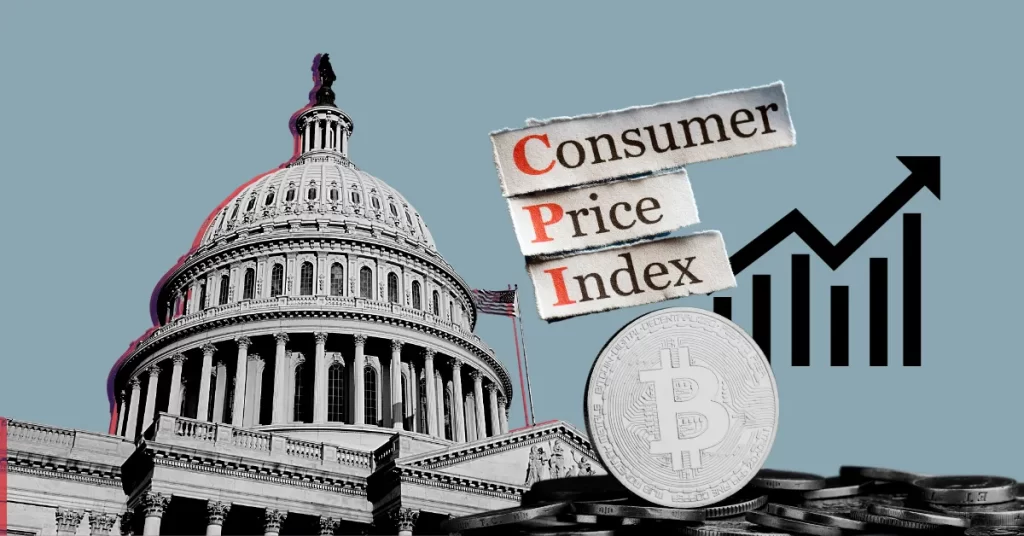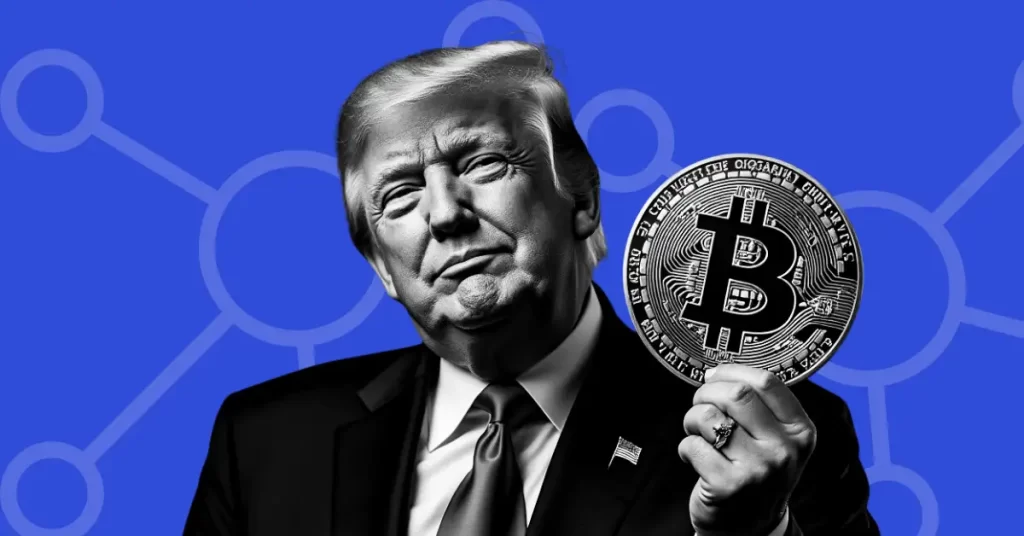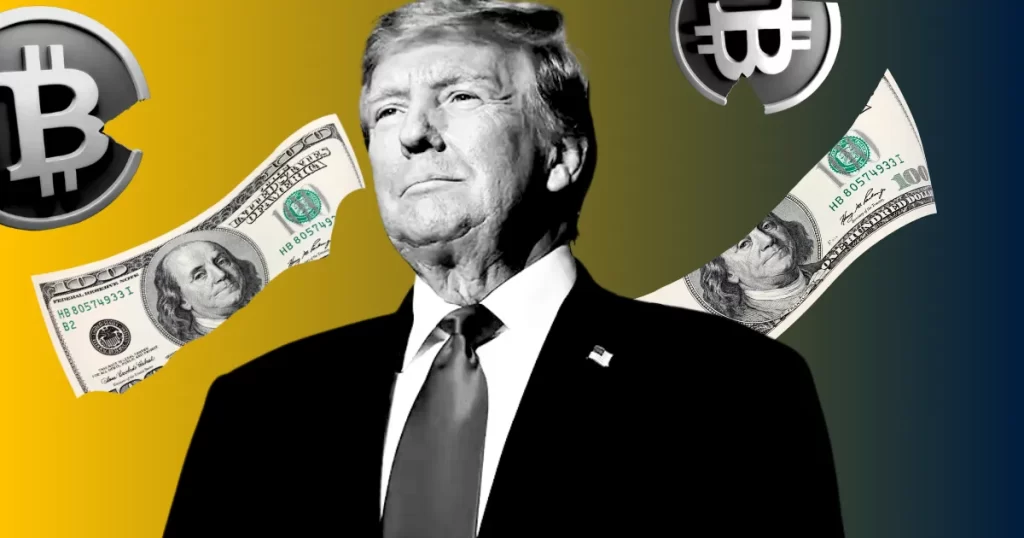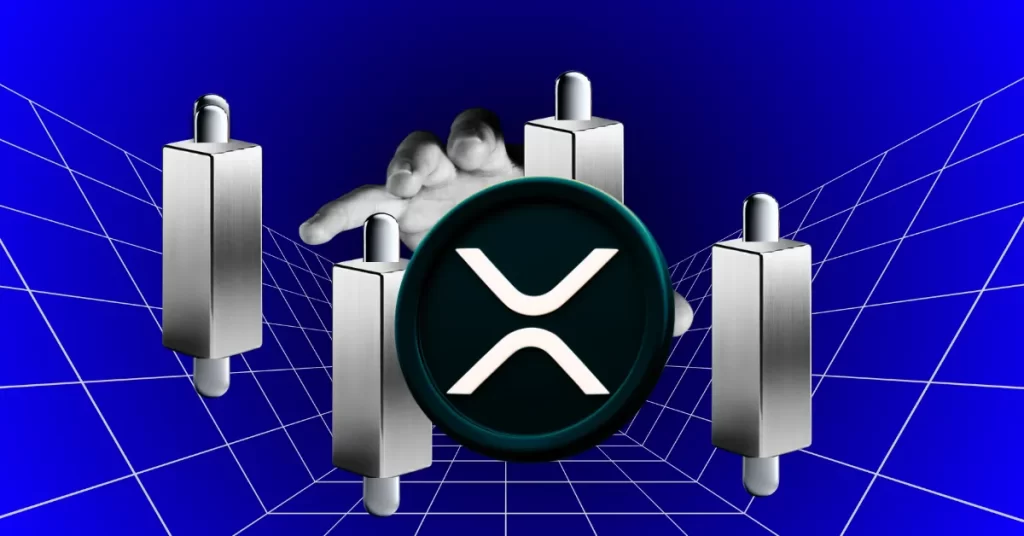
The post US Inflation: How Will It Influence Crypto Markets appeared first on Coinpedia Fintech News
Every US economic development has the potential to impact the cryptocurrency market, with inflation being a significant factor. A few key inflation indexes are set to be released soon. These indexes can sway market sentiment and asset allocation. Understanding how these indexes influence market dynamics is crucial for anticipating shifts in crypto investment behaviour.
1. US Inflation Indexes: A Short Intro
US Inflation indexes measure changes in the prices of goods and services over time. They provide valuable data for understanding inflationary trends in the economy. These indexes help policymakers, businesses, and individuals gauge the rate of inflation and its impact on purchasing power and overall economic stability.
2. Key Inflation Indexes to be Released Soon
Here are the key inflation indexes to be released this month.
- US Core Inflation Rate MoM
Measures monthly change in overall prices, excluding volatile food and energy costs, providing insight into underlying inflation trends.
- US Core Inflation Rate YoY
Tracks year-over-year change in core inflation, offering a long-term view of price stability, unaffected by short-term fluctuations in food and energy prices.
- US Inflation Rate MoM
Reflects monthly change in overall consumer prices, including food and energy, capturing short-term fluctuations in inflationary pressures.
- US Inflation Rate YoY
Indicates year-over-year change in overall consumer prices, providing a broader perspective on inflation trends, inducing long-term effects.
- US CPI
Measures the average change over time in prices paid by urban consumers for a basket of goods and services, representing the overall cost of living.
- US CPI S.A
Seasonally adjusted version of CPI, removing the effects of seasonal variations, offering a clearer view of underlying inflation trends.
- US PPI
Tracks changes in prices received by producers for goods and services, serving as an indicator of inflationary pressures in the production process.
- US PPI MoM
Measures monthly change in producer prices, providing insight into short-term fluctuations in input costs for producers.
- US Core PPI MoM
Indicates monthly change in producer prices, excluding volatile food and energy costs, offering a clearer picture of underlying inflationary pressures in production.
- US Core PPI YoY
Tracks year-over-year change in core producer prices, providing a long-term view of inflationary trends in the production sector, unaffected by short-term fluctuations.
3. Historical Analysis of Major Inflationary Indexes
Let’s do a historical analysis of each inflation index.
3.1. US Core Inflation Rate MoM: Historical Analysis
In the beginning of the year, in January 2024, the US Core Inflation Rate MoM was around 0.392%. It saw a decrease in February, to 0.358%. In March, it slightly increased to 0.359%. The forecast is that it will be 0.3% this month.
3.2. US Core Inflation Rate YoY: Historical Analysis
In the beginning of the year, in January 2024, the US Core Inflation Rate YoY was around 3.9%. In February, it decreased to 3.8%. In March, it saw no change, as it remained around 3.8%. The forecast is that it will come down further to 3.7%.
3.3. US Inflation Rate MoM: Historical Analysis
In January 2024, the US Inflation Rate was around 0.3%. It saw a major increase in February, when it grew from 0.3% to 0.4%. In March, it showed no change, as it remained in the 0.4% level. The forecast is that this month it will come down to 0.3%.
3.4. US Inflation Rate YoY: Historical Analysis
In January 2024, the US Inflation Rate YoY was around 3.1%. It slightly raised to 3.2% in February. In March, it sharply increased to 3.5%. The prediction is that it will remain at the 3.5% level this month also.
3.5. US CPI: Historical Analysis
In January 2024, the US CPI was around 308.417 points. Since then, it has been consistently growing. In February, it reached the mark of 310.326 points, and in March, it touched the level of 312.332 points. The forecast is that it will cross 313.9 points this month.
3.6. US CPI s.a: Historical Analysis
In January 2024, the US CPI s.a was nearly 309.685 points. Since then, the rate has been steadily increasing. In February, it crossed the mark of 311.064 points. In March, it reached the level of 312.23 points. The prediction is that the trend will continue as such pushing it to the mark of 313.2 points.
3.7. US PPI: Historical Analysis
In January 2024, the US PPI was roughly 142.676 points. In February, it saw a sharp increase, when it climbed from 142.676 to 143.466, swiftly. The trend continued in March also, when it touched the level of 143.687 points. The forecast is that no change in the trend is likely to happen and it will reach even the level of 143.9 points.
3.8. US PPI MoM: Historical Analysis
In January 2024, the US PPI MoM was nearly 0.4%. In February, it sharply increased to 0.6%. Conversely, in March, it saw a sharp decrease, when it slipped from 0.6% to 0.2%. The forecast is that it will remain in the 0.2% range this month also.
3.9. US Core PPI MoM: Historical Analysis
In January 2024, the US Core PPI MoM was as high as 0.5%. Since then, it has been steadily decreasing. In February, it came down to 0.3%. In March, it reached 0.2%, marking a sharp decrease when compared to its January range of 0.5%. The forecast is that this month also it will remain in the 0.2% range.
3.10. US Core PPI YoY: Historical Analysis
In January 2024, the US Core PPI YoY was nearly 2%. Since then, it has been consistently rising. In February, it reached the range of 2.1%. In March, it touched 2.4%. The forecast is that this time it will hover around the range of 2.4% itself.
4. US Inflation Indexes Conveying About The Future Prospects of Cryptos: A Predictive Analysis
The historical analysis of major inflationary indexes in the US provides valuable insights into the future prospects of the crypto market. Looking at the trends:
- US Core Inflation Rate MoM and YoY
Stable core inflation rates indicate economic steadiness. If upcoming rates match the forecast, it would likely sustain confidence in the crypto market. However, if rates were to decrease, it might lead to a slight decrease in enthusiasm for cryptocurrencies as an inflation hedge. Conversely, an increase could stimulate demand for cryptocurrencies, particularly as an inflation hedge, potentially driving up prices.
- US Inflation Rate MoM and YoY
Similar to core inflation, overall inflation rates show stability. If upcoming rates align with the forecast, it would likely maintain confidence and stability in the crypto market. A decrease in inflation rates might have a mild dampening effect on crypto enthusiasm, while an increase could reinforce crypto’s appeal as an inflation hedge, potentially increasing demand and price.
- US CPI and CPI s.a
Consistent growth in the Consumer Price Index signals healthy demand. If upcoming CPI levels meet the forecast, it would signify continued growth and stability in the crypto market. A decrease in CPI levels might indicate economic slowdown, leading to slight corrections in crypto prices. Conversely, increase in CPI levels could strengthen the case for cryptocurrencies as an inflation hedge, potentially driving up demand and prices.
- US PPI and PPI MoM
The mixed trend in the Producer Price Index suggests economic uncertainty. If upcoming PPI levels match the forecast, uncertainty in the crypto market may persist. A decrease in PPI levels might boost investor confidence in cryptocurrencies, leading to moderate price increases, Conversely, an increase in PPI levels might heighten uncertainty, prompting cautious investment and potential shifts towards more stable assets.
- US Core PPI MoM and YoY
Stability in the Core Producer Price Index indicates confidence in economic fundamentals. If upcoming Core PPI levels align with the forecast, it would likely reinforce confidence in the crypto market. A decrease in Core PPI levels might ease inflationary pressure, resulting in moderate price adjustments in cryptocurrencies. Conversely, an increase might rise concerns about inflationary risks, potentially impacting crypto demand and prices.
Endnote
In summary, the future prospects of the crypto market are intricately linked to the trajectory of inflationary indexes. Stable or forecast-aligned inflation rates could sustain investor confidence in cryptocurrencies, fostering a relatively stable market environment. However, deviations from forecasted levels, whether upward or downward, could introduce volatility and uncertainty into the crypto market, influencing investor sentiment and asset prices accordingly.
Also Check Out : Tether and RAK DAO Join Forces to Boost Bitcoin and Stablecoin Education in UAE

 5 months ago
56
5 months ago
56









 English (US) ·
English (US) ·